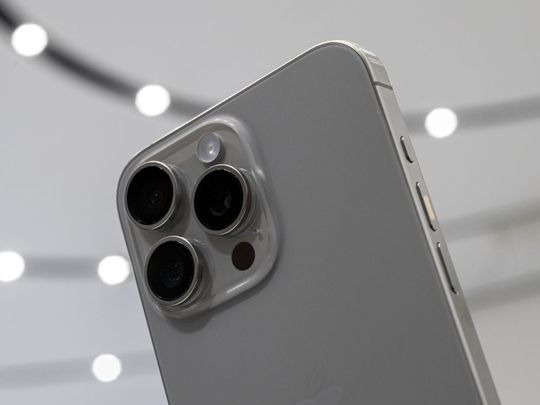Apple Unveils Fundamental Principles Guiding iPhone Camera Design

As the Pro Max brings forth a change in Apple’s camera sensor size, PetaPixel conducted an interview with two Apple executives who detailed the company’s vision and principles behind camera development.
In the interview featuring Francesca Sweet, Apple’s Product Line Manager for iPhone, and Jon McCormack, Vice President of Camera Software Engineering, both emphasized the comprehensive approach Apple takes in developing its cameras. They highlighted that this approach encompasses not only sensors and lenses but also factors like Apple’s A14 Bionic chip, image signal processing, and the software that drives computational photography.
Design Philosophy
Apple’s primary goal in smartphone photography is to empower users to capture life moments without being hindered by technology.
Jon McCormack expanded on this philosophy, stating, “As photographers, we often get caught up in technical aspects like ISO and subject motion. Apple’s aim is to eliminate these concerns, allowing people to stay in the moment, effortlessly capture a great photo, and quickly return to their activities.”
He clarified that while dedicated photographers might prefer capturing and then editing photos, Apple seeks to condense this into a seamless process – capturing the moment. The aim is to minimize distractions that could detract from the present moment.
McCormack further explained, “We aim to replicate the photographer’s post-processing actions as much as possible. While computational photography aids exposure, we aim to automate post-processing tasks, creating images that closely resemble real-life scenes.”
McCormack mentioned how Apple uses machine learning to break scenes into components like background, foreground, and various facial features, adjusting parameters for each element before combining them.
Regarding Apple’s Smart HDR technology, McCormack explained its advantages, especially in rendering realistic skies and handling challenging lighting conditions in places like restaurants or bars.
Francesca Sweet emphasized Apple’s strides in low-light photography, thanks to Night Mode, which extends Smart HDR.
The New Sensor
When asked about the new sensor and criticism regarding the delay, McCormack highlighted Apple’s holistic approach. Rather than focusing solely on a larger sensor, Apple looks at the overall image processing and potential software enhancements before considering changes to physical components.
McCormack stressed that Apple aims to improve the ability to capture beautiful photos in various conditions by exploring innovations across the entire system, from lenses to processors, rather than simply aiming for a larger sensor. This approach allows Apple to identify multiple points within the system for innovation, instead of relying on a single hardware modification.


